Does Donating Plasma Burn Calories? The Hidden Metabolic Truth Nobody Talks About

Table of Contents
- The Real Caloric Story Behind Plasma Donation
- Your Body’s Protein Manufacturing Marathon
- The Stress Response That Actually Burns Calories
- Why Your Body Works Overtime After Donation
- Pain Signals That Reveal Your Metabolic State
- How to Maximize the Metabolic Benefits
TL;DR
- Plasma donation burns 300-600 calories over 48-72 hours through protein synthesis and metabolic recovery
- Your liver works overtime manufacturing albumin at 4 calories per gram of protein replacement
- The stress response elevates your heart rate and metabolism for hours post-donation
- Proper pre-donation nutrition can reduce metabolic stress by 20-30%
- What feels like “pain” during donation is actually your body giving you metabolic feedback
- Strategic recovery protocols can optimize regeneration while minimizing energy drain
The Real Caloric Story Behind Plasma Donation
I used to think plasma donation was just about sitting in a chair for an hour, maybe earning some extra cash while helping people. Boy, was I wrong. There’s this whole wild process happening inside your body that keeps going long after you leave the donation center. Your body doesn’t just passively lose plasma and call it a day – it immediately kicks into high gear with this crazy energy-intensive process that burns way more calories than you’d think.
Most people ask the simple question: does donating plasma burn calories during the actual procedure? That’s missing the bigger picture entirely. We’re talking about how your body treats plasma loss like a serious challenge that requires a ton of energy to fix.
I was shocked when I found out that plasma donation can burn between 450 and 650 calories per session (Plasma Source) – and that includes all the energy your body uses to restore fluid levels and rebuild plasma proteins over the next few days. That’s more calories than most people burn during a decent workout session!
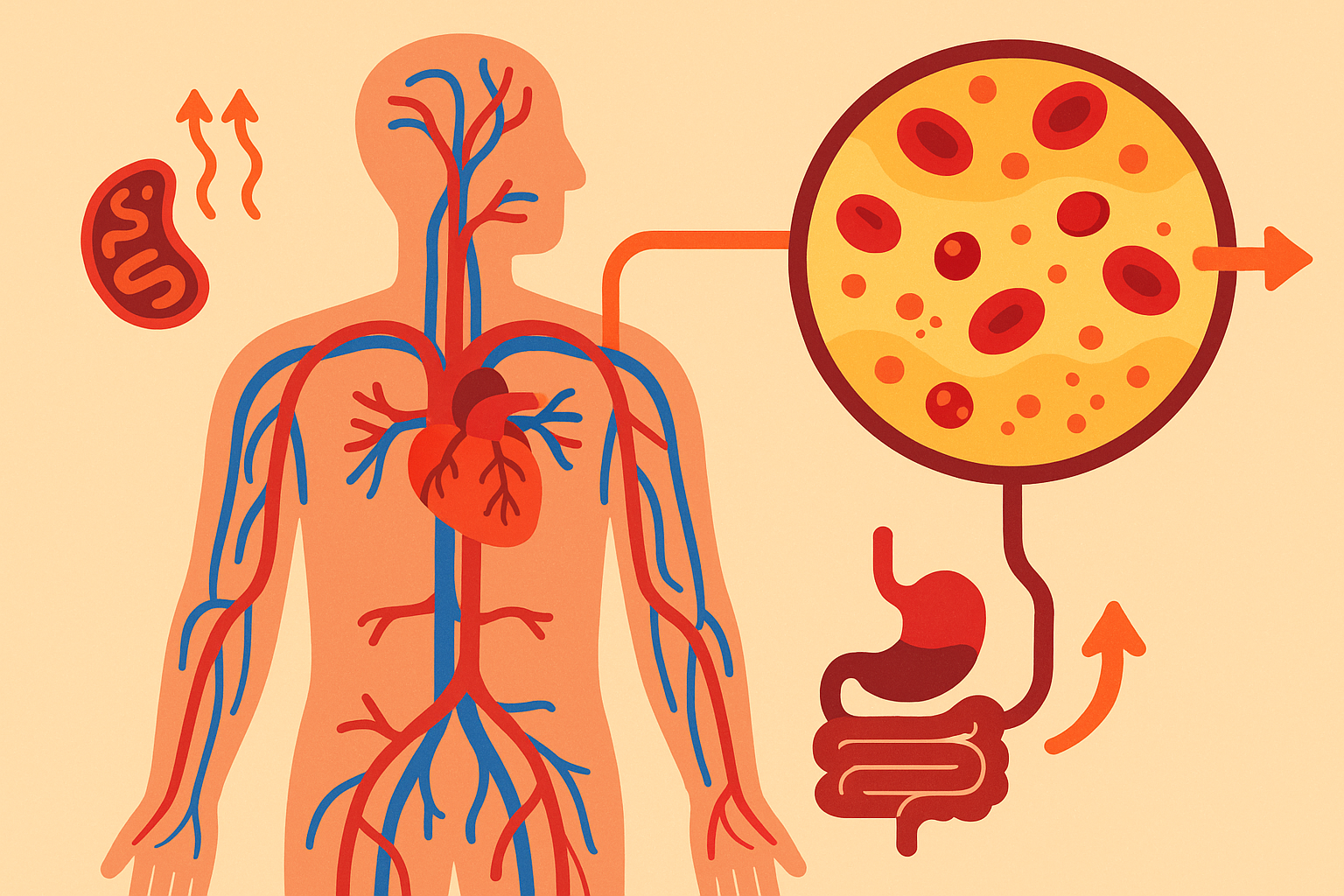
Your Liver Becomes a Protein Factory
Here’s the crazy part – when you donate plasma, your liver basically becomes this protein factory working overtime to replace the 25-30 grams of albumin you just lost. This isn’t some background process happening quietly – your liver is actively manufacturing new proteins and burning about 4 calories per gram just to make it happen. The energy demands go way beyond just creating the protein itself. We’re talking about moving amino acids around, firing up cellular machinery, and coordinating this whole complex biological process.
I was genuinely surprised to learn that replacing albumin puts your body through what I can only describe as a metabolic marathon. Your liver doesn’t just flip a switch and make new albumin – it needs coordinated energy for moving amino acids, activating enzymes, and actually assembling the proteins. This whole manufacturing process keeps going for days after your donation, steadily burning calories as your body works to get back to normal.
The Albumin Replacement Marathon
Here’s where things get really interesting. Check out how much energy your body spends replacing different proteins:
| Protein Type | Replacement Time | Energy Cost (Calories per gram) | Total Energy Expenditure |
|---|---|---|---|
| Albumin | 48-72 hours | 4 calories | 100-120 calories |
| Immunoglobulins | 72-96 hours | 6-8 calories | 150-200 calories |
| Fibrinogen | 24-48 hours | 4-5 calories | 40-60 calories |
| Other Proteins | 48-72 hours | 3-4 calories | 60-100 calories |
Why Rebuilding Antibodies Is Such Hard Work
Rebuilding immunoglobulins (your antibodies) takes 2-3 times more energy than regular protein synthesis because they’re so incredibly complex. Your immune system basically has to reconstruct these intricate protein structures from scratch, which requires a ton of metabolic resources and sustained energy.
This explains why some people feel way more tired after plasma donation than others – their immune systems are working overtime to rebuild these sophisticated protein molecules. Take my friend Sarah, who’s a regular donor. She noticed she felt way more wiped out after her third donation of the month. Her body was working double-time to rebuild complex antibodies while still trying to keep her immune system running, requiring nearly twice the energy compared to her first donation when everything was fully stocked.
The Hydration Response That Boosts Your Metabolism
Your body’s desperate need to restore plasma volume triggers this hormonal response that temporarily cranks up your metabolic rate by 8-12%. This goes way beyond just drinking more water – your whole cardiovascular system is actively working to maintain proper blood pressure and circulation, creating a measurable boost in calorie burn that continues for hours after you leave the donation center.
Understanding this process helps explain why does donating plasma hurt for some people – it’s your body working hard to keep everything balanced during this metabolic challenge.
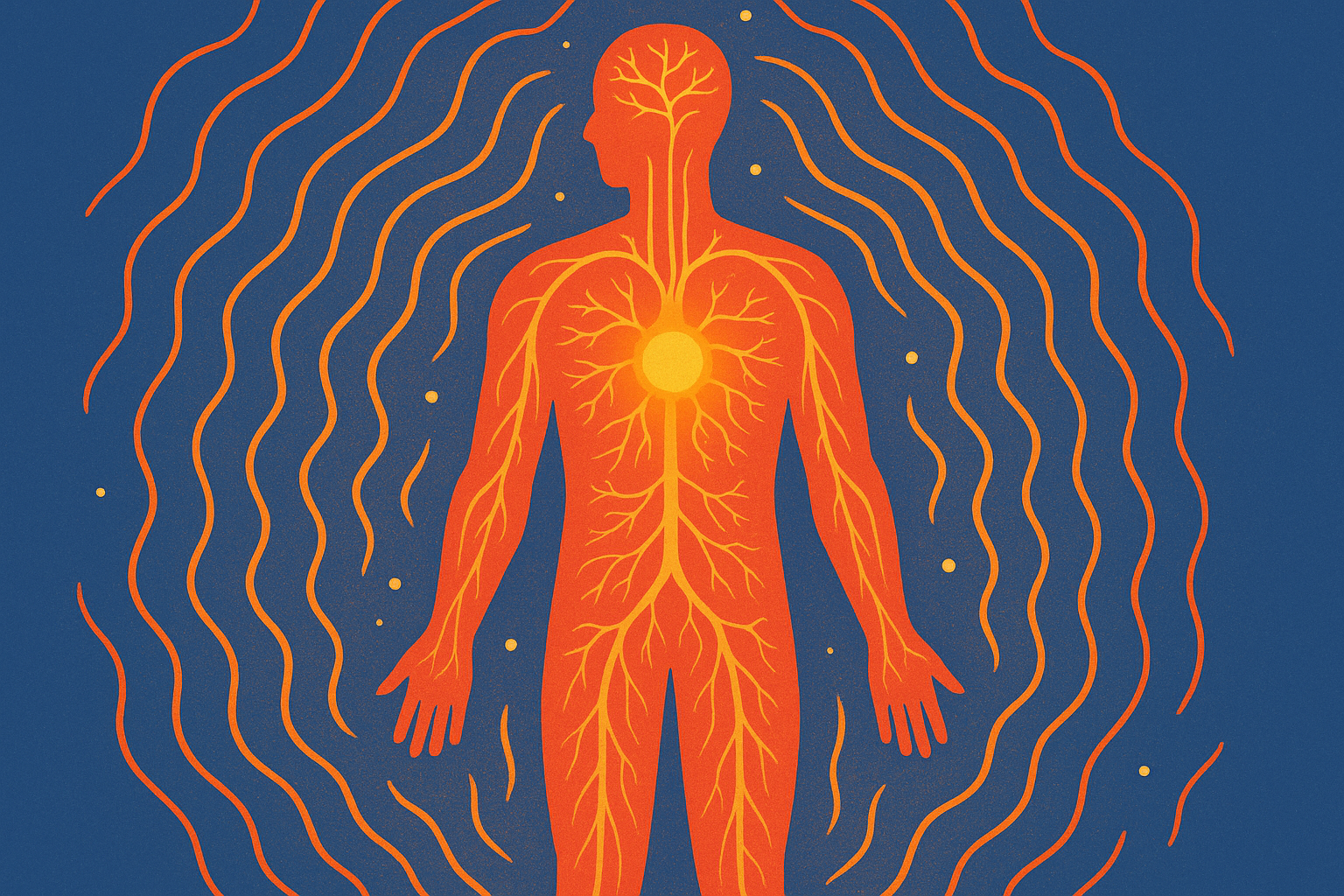
How Your Body’s Water-Saving Hormone Speeds Things Up
Your body releases this hormone (ADH) that doesn’t just help hold onto water – it actually tells your cells to work harder to maintain proper hydration balance. This creates a temporary but significant boost in calorie burn that most donors never realize is happening. Your cells are literally working overtime to keep everything balanced, burning extra calories in the process.
The Iron Factor Most People Miss
Even though plasma donation doesn’t remove red blood cells like whole blood donation does, your body still makes iron adjustments that require energy. Your system fine-tunes oxygen delivery and makes red blood cells more flexible, burning an extra 50-100 calories over several days as it optimizes how efficiently blood flows after donation.
According to ABO Plasma research, donating plasma removes excess iron from your bloodstream, which has been linked to lower cardiovascular disease risk while requiring metabolic energy for redistributing iron throughout your body.
Your Body’s Protein Manufacturing Marathon
The protein-building process after plasma donation is way more complex and energy-demanding than most people realize. Your body doesn’t just replace what was lost – it actively manufactures new proteins, albumin, and antibodies through this intensive process that can burn 300-600 calories over the recovery period.
This biological “work” represents a unique kind of metabolic challenge that most people never experience outside of being sick or doing extreme exercise. Understanding these benefits of donating blood and plasma helps donors appreciate the incredible regenerative processes happening inside their bodies.
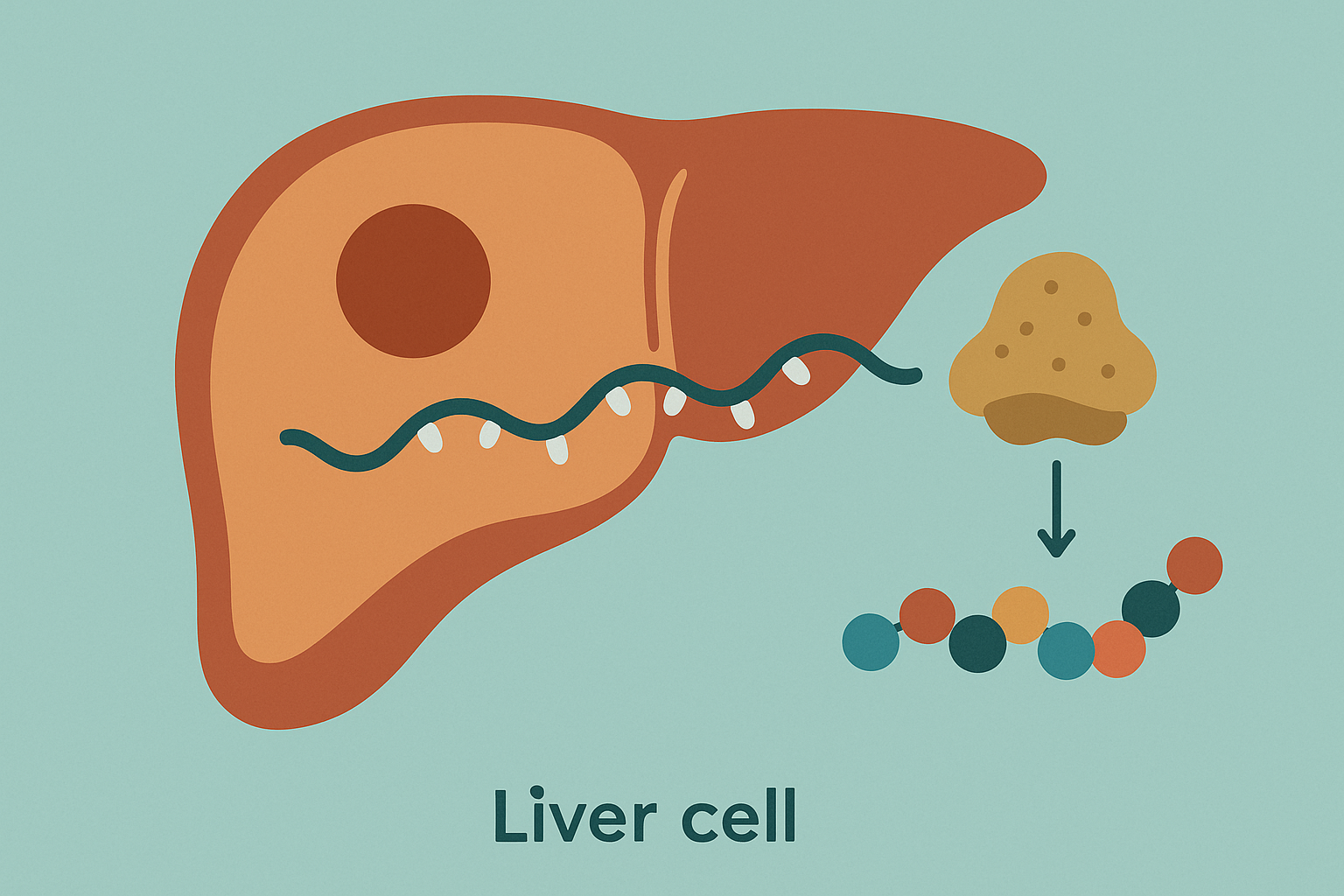
The Energy Cost of Building New Proteins
Protein synthesis requires serious cellular energy for moving amino acids around, activating enzymes, and actually assembling everything. Your body treats plasma protein replacement as a top priority, dedicating substantial metabolic resources to make sure proper protein levels get restored. This process continues around the clock for 48-72 hours, creating sustained calorie burn that extends way beyond your donation appointment.
My Go-To Pre-Donation Prep:
- ☐ Have eggs or Greek yogurt 2-3 hours before donating
- ☐ Make sure I’m getting all essential amino acids (eggs, fish, or good protein powder)
- ☐ Skip processed protein bars that are harder to digest
- ☐ Time it right – 2-3 hours gives my body time to absorb everything
- ☐ Take my multivitamin (learned this one the hard way)
- ☐ Drink way more water than I think I need
- ☐ Actually pay attention to how I’m feeling
Your Body Needs Way More B-Vitamins During Recovery
Your body’s increased need for B-vitamins during protein building requires energy for mobilizing stored vitamins and ramping up absorption. This creates additional metabolic cost as your system works to transport, convert, and use these essential nutrients for optimal protein manufacturing. The energy expenditure includes both using the vitamins and the enhanced absorption processes your body turns on.
Your Antioxidant System Gets Rebuilt Too
Plasma donation temporarily reduces the antioxidants floating around in your blood, forcing your body to increase its own antioxidant production. Your liver ramps up making glutathione (a major antioxidant), which requires significant energy for moving amino acids, activating enzymes, and protecting cells. This represents another layer of metabolic work that adds to the overall calorie burn following donation.
Recent research highlighted in “The Surprising Benefits of Donating Blood” (NewYork-Presbyterian) shows that blood donation burns approximately 500 calories as your body works to replace what was removed, with similar metabolic processes happening during plasma regeneration.
The Hidden Cost of Rebuilding Your Body’s Defense System
Rebuilding glutathione (your body’s master antioxidant) demands substantial energy for the complex biochemical processes involved in protecting cells. Your liver increases production to make up for antioxidant losses, requiring coordinated energy expenditure for enzyme systems and transport mechanisms. This process continues for days as your body works to restore optimal protection levels.
The Stress Response That Actually Burns Calories
Plasma donation creates this controlled stress that activates multiple body systems at once, generating a unique metabolic state most people never experience. This stress response isn’t harmful – it’s actually a beneficial activation of your body’s adaptive mechanisms that results in sustained calorie burn and elevated metabolism for hours after donation.
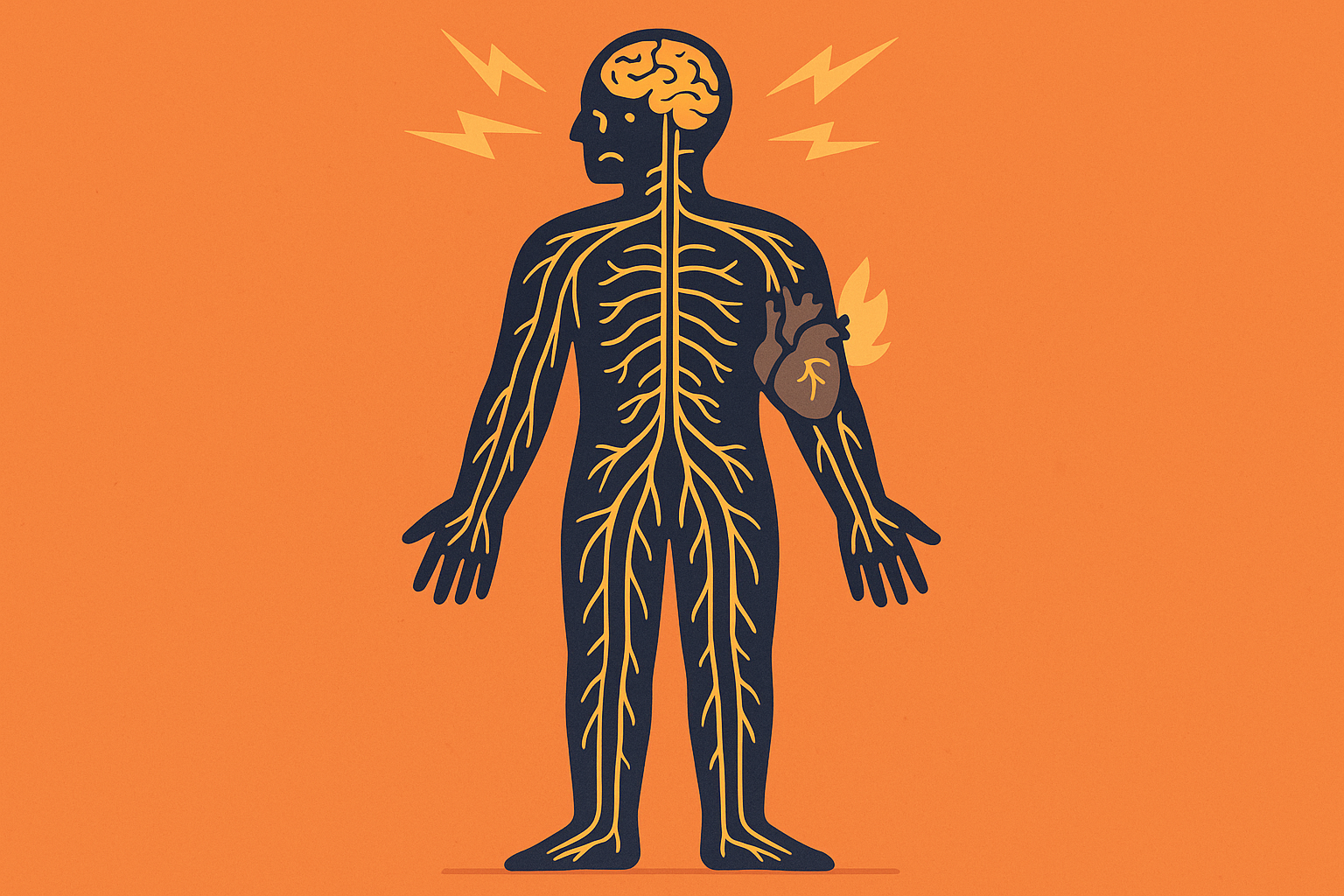
Your Fight-or-Flight System Kicks In
The mild stress of donation and volume loss triggers your sympathetic nervous system, cranking up heart rate, blood pressure, and metabolic rate for hours afterward. This creates effects similar to moderate exercise, with your heart rate staying elevated 10-15 beats per minute above normal for 4-6 hours. This sustained elevation burns calories equivalent to a 30-minute gentle walk.
My buddy Mark is obsessed with his fitness tracker, and he noticed his heart rate stayed 12-15 beats higher than normal for 5 hours after plasma donation, burning an extra 180 calories without doing any additional physical activity. His body was essentially doing light cardio work internally while he sat at his desk job.
How Stress Hormones Help Mobilize Energy
Mild cortisol elevation helps mobilize energy stores for recovery, temporarily increasing how your body uses glucose and burns fat. Your body prioritizes healing and regeneration, creating a metabolic state that burns additional calories as it manages the recovery process. This hormonal response represents another layer of energy expenditure that contributes to the overall caloric cost of plasma donation.
| Stress Response Phase | Duration | Metabolic Increase | Calorie Burn Rate |
|---|---|---|---|
| Immediate (0-2 hours) | 2 hours | 15-20% | 25-30 cal/hour |
| Recovery (2-6 hours) | 4 hours | 8-12% | 15-20 cal/hour |
| Regeneration (6-24 hours) | 18 hours | 5-8% | 8-12 cal/hour |
| Restoration (24-72 hours) | 48 hours | 3-5% | 5-8 cal/hour |
Even the Tiny Needle Hole Requires Work
Even that small needle puncture requires cellular energy for making collagen, repairing blood vessels, and remodeling tissue that continues for days. Healing the donation site demands vitamin C, amino acids, and significant cellular energy for proper wound closure and restoring blood vessel integrity. This repair process adds to the overall metabolic cost of donation.
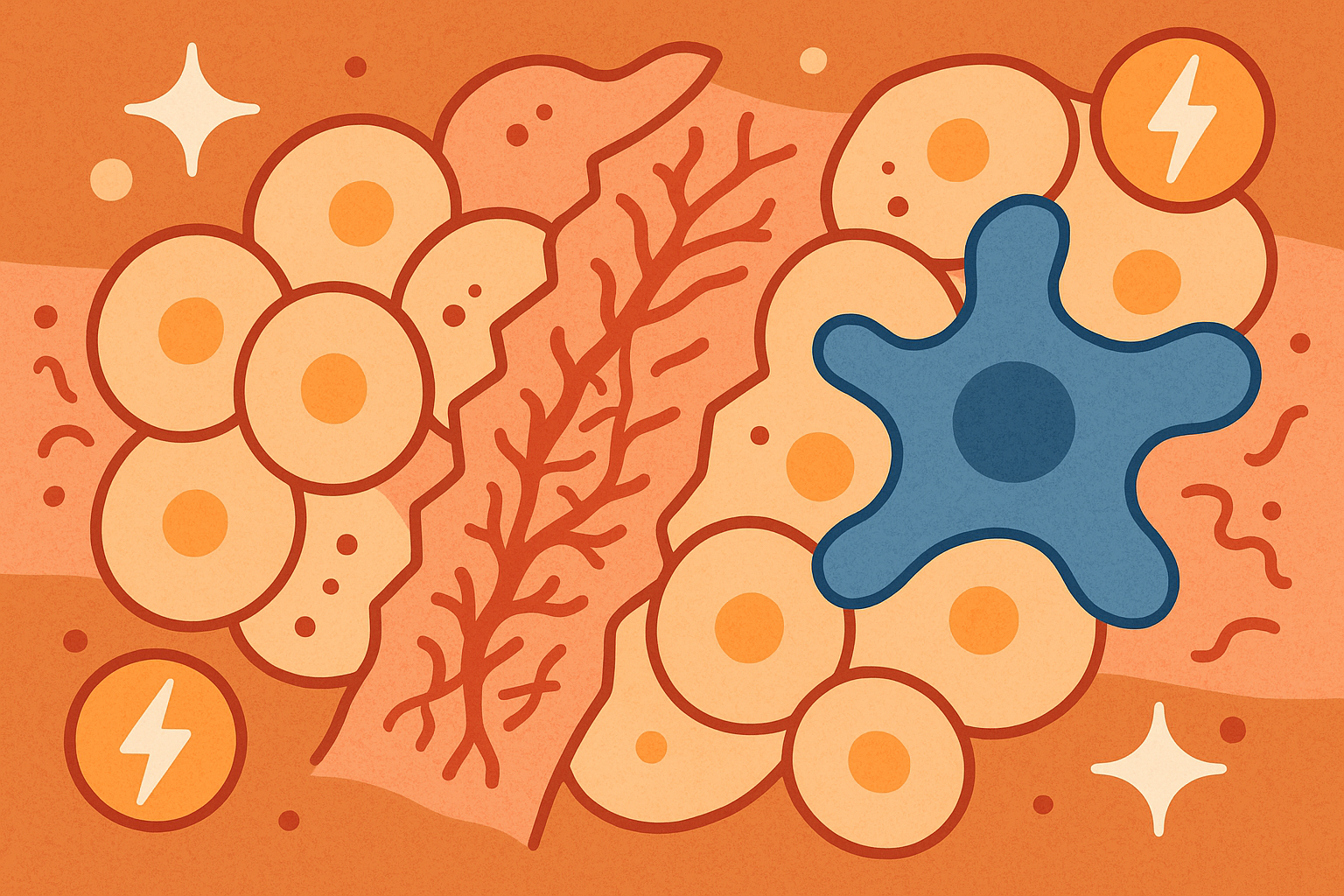
Why Your Body Works Overtime After Donation
The 48-72 hour period following plasma donation is like this unique metabolic state where your body prioritizes regeneration and recovery. During this time, multiple systems work simultaneously to restore plasma proteins, optimize circulation, and repair any tissue damage.
This coordinated effort requires substantial energy expenditure that most donors never realize is occurring, contributing significantly to the overall caloric cost of donation. Understanding these processes helps answer the question “is it safe to donate plasma” – your body has these amazing built-in systems to handle this controlled challenge.
Your Body Has to Mobilize Stored Nutrients
Your body must actively mobilize stored vitamins, minerals, and other nutrients to support plasma regeneration. This process requires energy for transport, conversion, and using these nutrients. The metabolic cost includes both using the nutrients and the enhanced absorption mechanisms and transport systems your body activates during recovery.
Studies from Plasma Hero research show that it takes about 48 hours for your body to replenish the fluid and proteins given during plasma donation, during which time your metabolic processes work continuously to restore normal blood chemistry.
Fat-Soluble Vitamins Need Special Handling
Vitamin E and other fat-soluble vitamins require energy for special packaging and getting into cell membranes as your body optimizes antioxidant protection during recovery. This redistribution process demands coordinated metabol ic effort to ensure proper vitamin delivery to tissues that need enhanced protection during the regeneration phase.
Smart Recovery Can Reduce Energy Costs
Proper post-donation protocols can significantly impact how efficiently your body recovers. Strategic electrolyte balance restoration requires more than just chugging water – targeted sodium, potassium, and magnesium intake can reduce the energy cost of fluid balance restoration by 20-30%. Understanding these principles allows you to support your body’s natural processes while minimizing unnecessary metabolic stress.
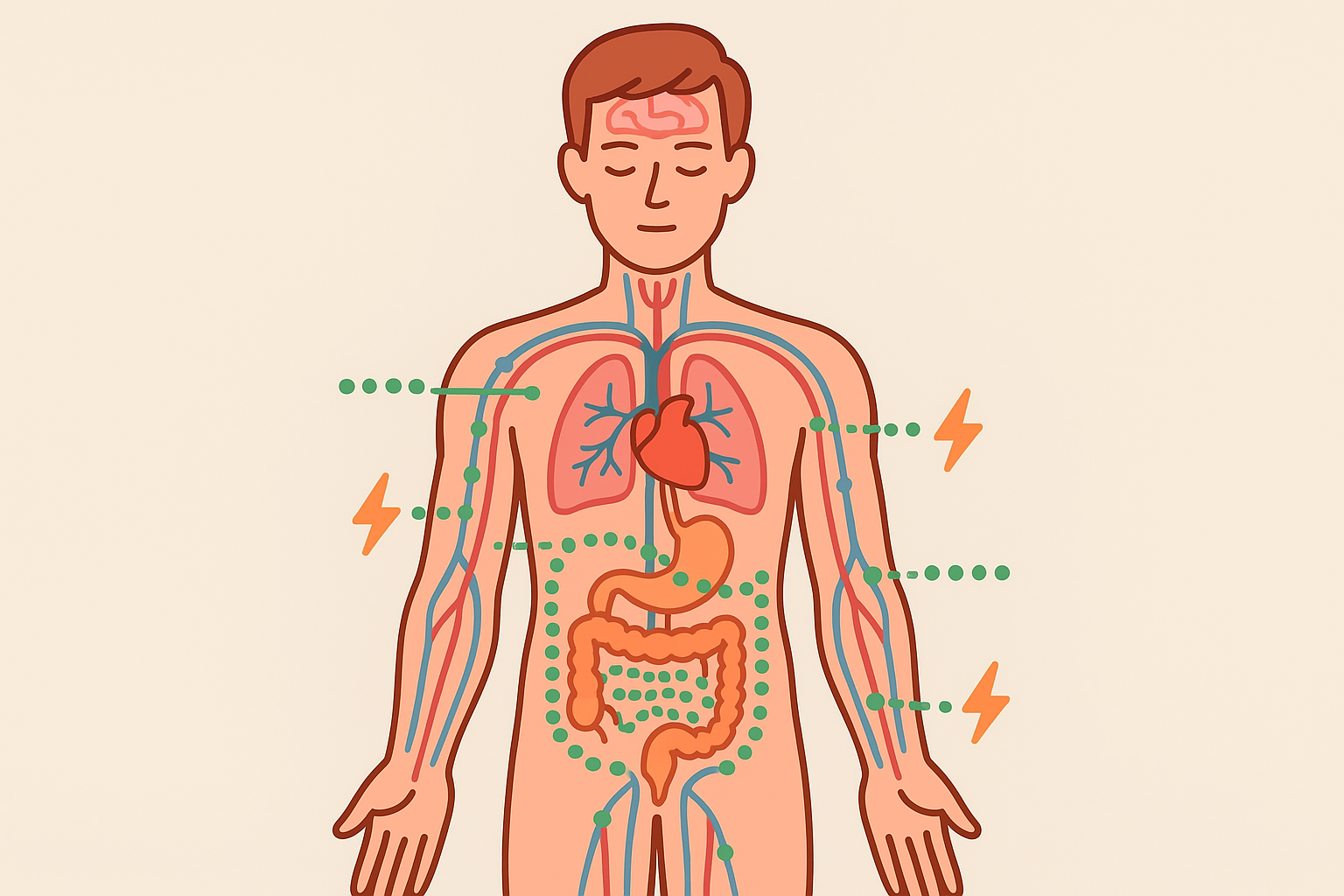
My Post-Donation Recovery Routine:
- ☐ Drink a big electrolyte drink within 30 minutes
- ☐ Have a protein bar or Greek yogurt within 2 hours
- ☐ Include some complex carbs to support energy restoration
- ☐ Take vitamin C to help with tissue repair
- ☐ Skip alcohol for 24 hours (learned this the hard way too)
- ☐ Get solid sleep (7-8 hours) to support recovery
- ☐ Actually pay attention to my energy levels and adjust accordingly
Pain Signals That Reveal Your Metabolic State
What most people think of as “pain” during plasma donation is actually your body giving you real-time feedback about hydration status, protein levels, and how ready you are metabolically. These signals offer valuable insights that can optimize both the donation experience and recovery process, but most donors never learn to interpret this biological communication system.
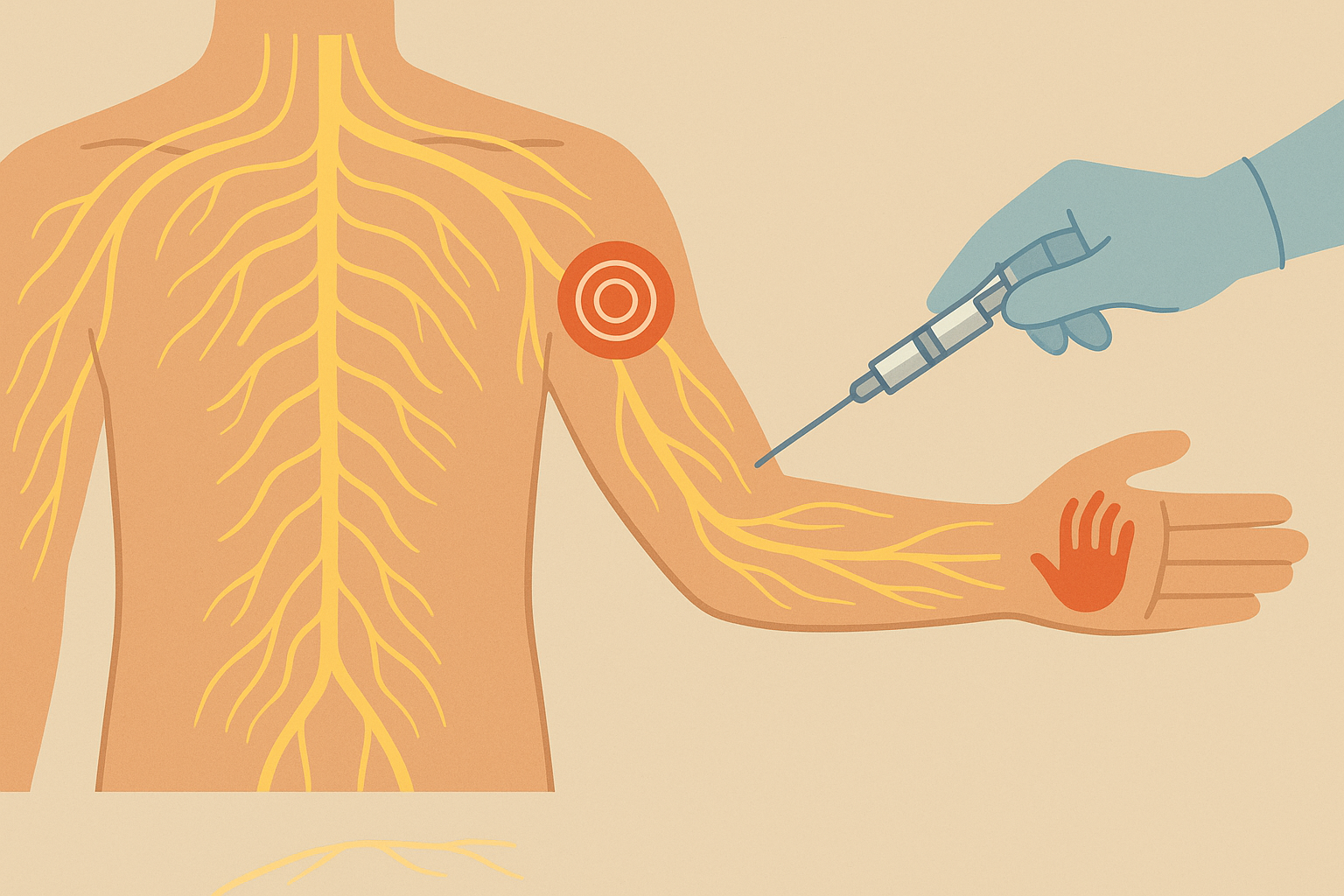
Needle Discomfort as Your Body’s Report Card
The intensity of initial needle discomfort often tells you how well hydrated your tissues are and how efficiently your circulation is working, giving you early feedback about whether your pre-donation prep was adequate. This sensitivity indicates how well your body is prepared for the metabolic challenge of plasma donation and can guide your future preparation strategies.
Flow Rate Sensations Tell a Story
Those pressure sensations during plasma extraction reflect your cardiovascular system’s real-time adaptation to volume changes. These feelings indicate how efficiently your body is managing the metabolic challenge of maintaining circulation during donation. Understanding these signals can help you recognize when your body is handling the process optimally versus when it’s under additional stress.
My friend Jessica learned to recognize that when her arm felt tight and uncomfortable during plasma extraction, it usually meant she hadn’t hydrated properly the day before. When she followed proper hydration protocols, the sensations were minimal, and her recovery was much faster with way less fatigue.
Why Some People Crash After Donation
The common experience of feeling totally drained hours after donation results from inadequate metabolic preparation rather than the donation itself. Proper amino acid timing and getting the right nutrients can eliminate this energy crash while supporting optimal regeneration.
Your body’s ability to handle plasma donation without significant fatigue directly correlates with your metabolic flexibility and protein reserves.
According to “12 Sweet Reasons to Donate Blood This Easter” (Lifeblood), research shows that most donors feel less stress and more joy as they progress through their donation when properly prepared, highlighting the importance of metabolic readiness.
Preventing Post-Donation Fatigue
Strategic nutrition in the 24 hours before donation can significantly impact both the caloric cost of recovery and how efficiently your body regenerates plasma. Having 25-30 grams of complete protein 2-3 hours before donation ensures you have adequate amino acids available for immediate protein synthesis, reducing the metabolic stress of mobilizing stored proteins.
How to Maximize the Metabolic Benefits
Understanding the metabolic impact of plasma donation reveals opportunities to optimize your body’s natural regenerative processes while minimizing energy drain. Strategic preparation and recovery protocols can enhance the beneficial aspects of the stress response while reducing unnecessary metabolic costs, making the entire experience more efficient and less taxing on your system.
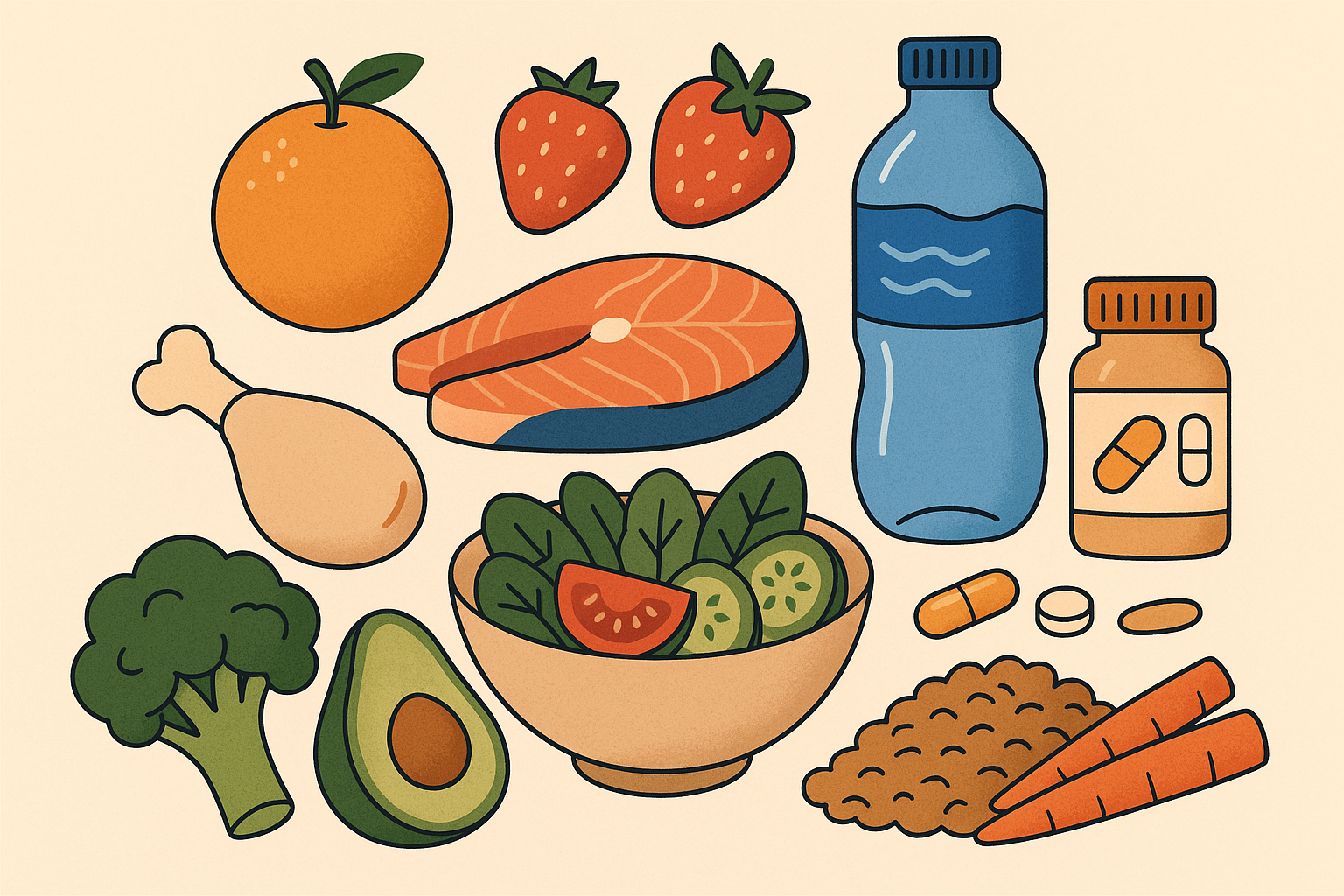
Pre-Donation Metabolic Optimization
The 24-hour window before donation is your chance to prep your body for the metabolic challenge ahead. Strategic hydration with proper electrolyte balance, combined with targeted protein intake, can significantly reduce the energy cost of recovery while supporting optimal plasma regeneration efficiency.
My Protein Loading Strategy
Having complete proteins with all essential amino acids 2-3 hours before donation gives your body readily available building blocks to immediately start protein synthesis. This prep reduces the metabolic stress of mobilizing stored proteins and can decrease overall recovery time while keeping your energy levels up throughout the process.
Recovery Protocol Optimization
The post-donation period offers unique opportunities to support your body’s regenerative processes through targeted nutrition and lifestyle choices. Understanding which nutrients get most depleted and when your body needs them most allows for strategic supplementation that can enhance recovery while minimizing metabolic stress.
For those seeking to optimize their recovery process, Organic Authority’s marine collagen supplements provide bioavailable protein building blocks that support the same regenerative pathways activated during plasma donation recovery. The superior absorption of marine collagen compared to other sources makes it an ideal choice for supporting your body’s protein synthesis needs during the critical 48-72 hour recovery window.
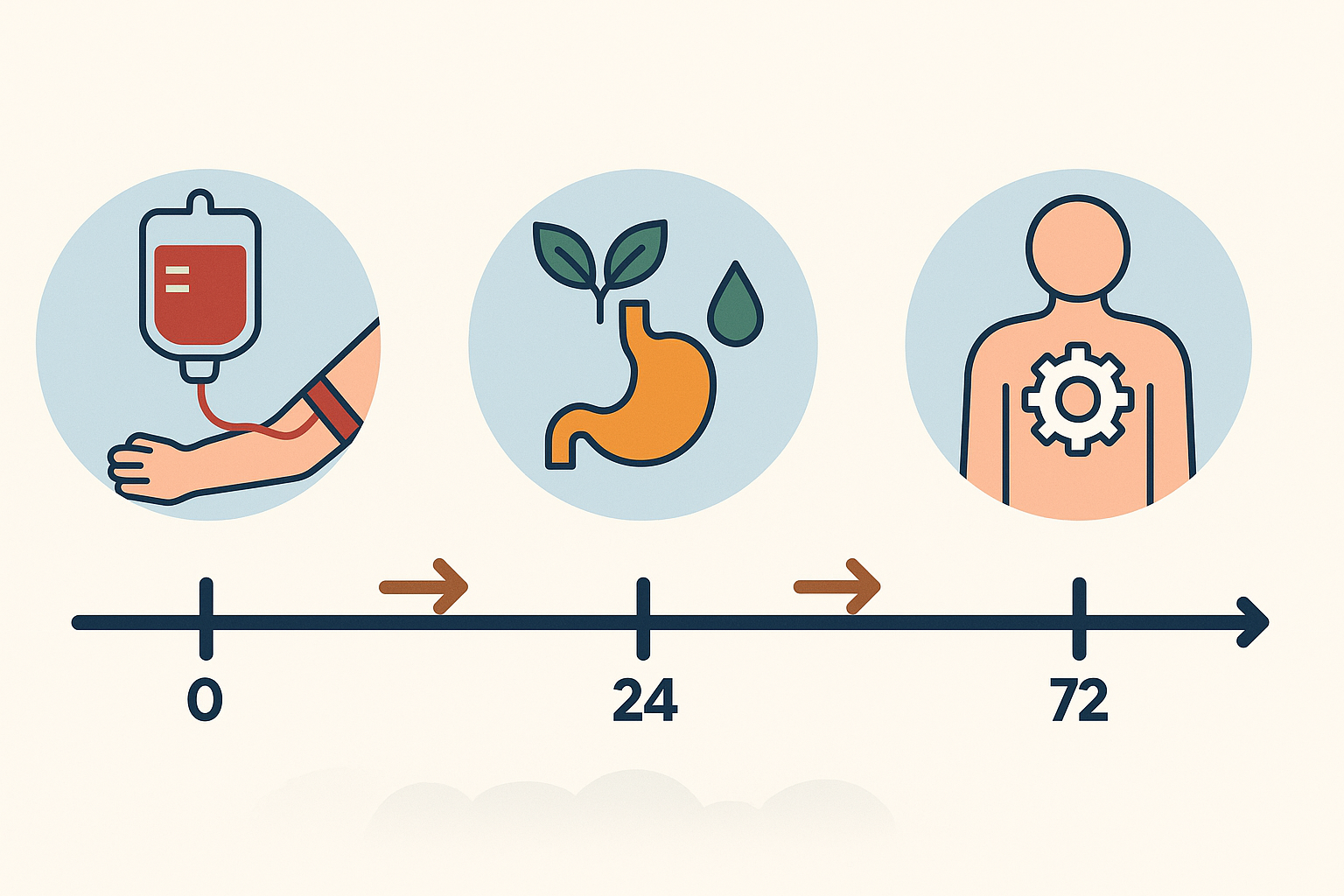
Final Thoughts
Plasma donation burns way more calories than most people realize – certainly more than the hour you spend in the chair would suggest. Your body treats plasma loss like a serious challenge that requires substantial energy to overcome, burning 300-600 calories over the recovery period through protein synthesis, stress response activation, and tissue repair processes.
The key insight here isn’t just that plasma donation burns calories, but understanding how to work with your body’s natural processes to optimize both the experience and recovery. Strategic preparation can reduce metabolic stress while proper recovery protocols can enhance the beneficial aspects of this controlled physiological challenge.
Most importantly, recognizing the signals your body sends during and after donation empowers you to make informed decisions about timing, preparation, and recovery strategies. What feels uncomfortable is often just metabolic feedback that can guide you toward more efficient donation experiences and faster recovery times.
Look, you’re not going to feel amazing right after donating plasma. But you don’t have to feel terrible either. It’s all about working with your body instead of against it. Those 300-600 calories? That’s like your body doing an hour-long workout while you’re sitting on the couch watching Netflix. Pretty wild when you think about it.
The whole process is actually pretty fascinating once you understand what’s happening. Your body is this amazing machine that can handle way more than you’d think – you just need to give it the right fuel and pay attention to what it’s telling you.

